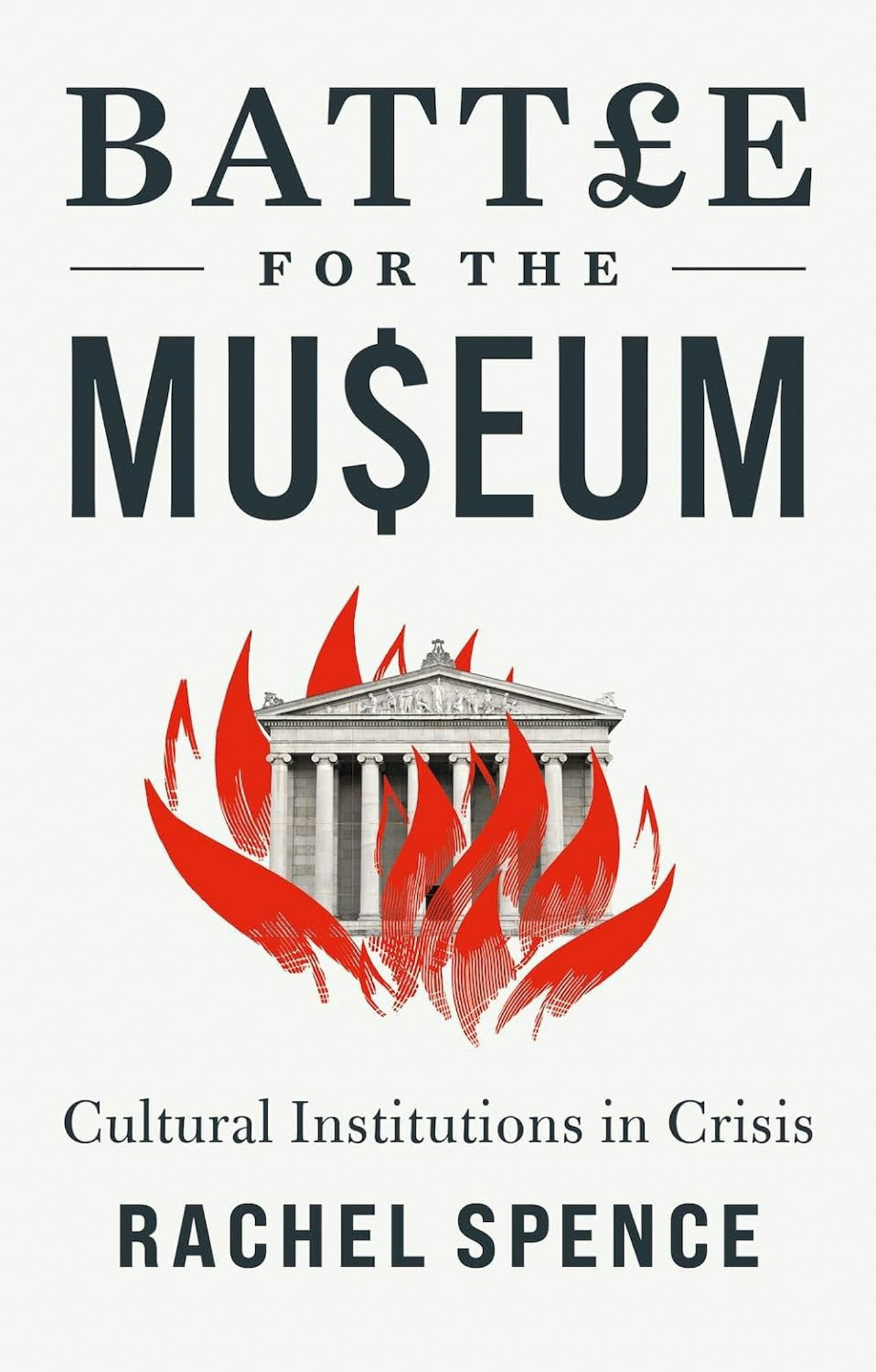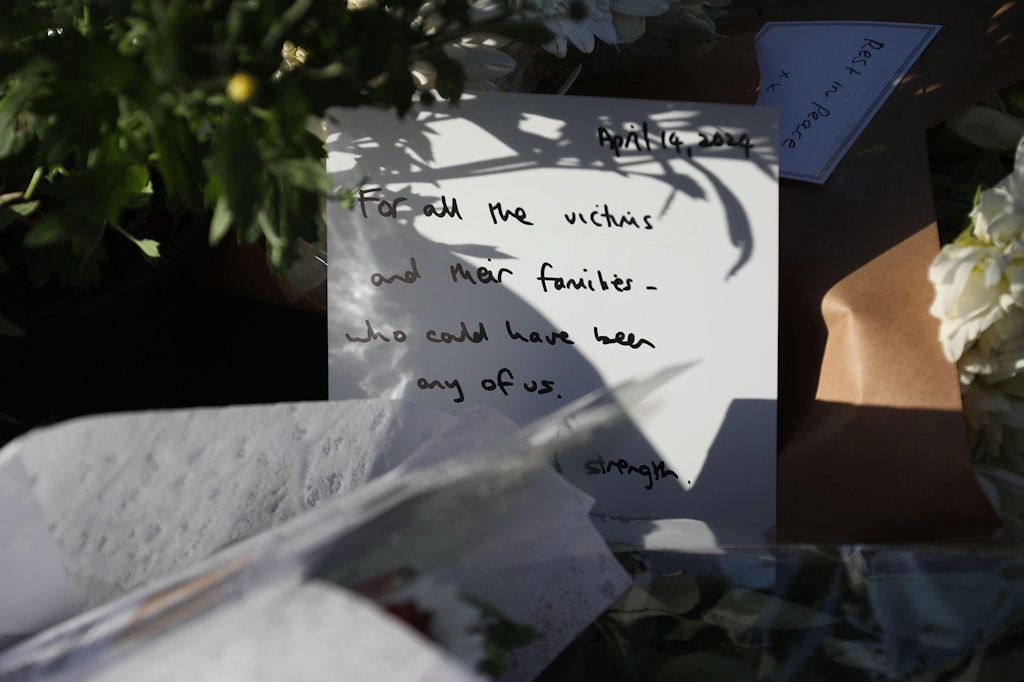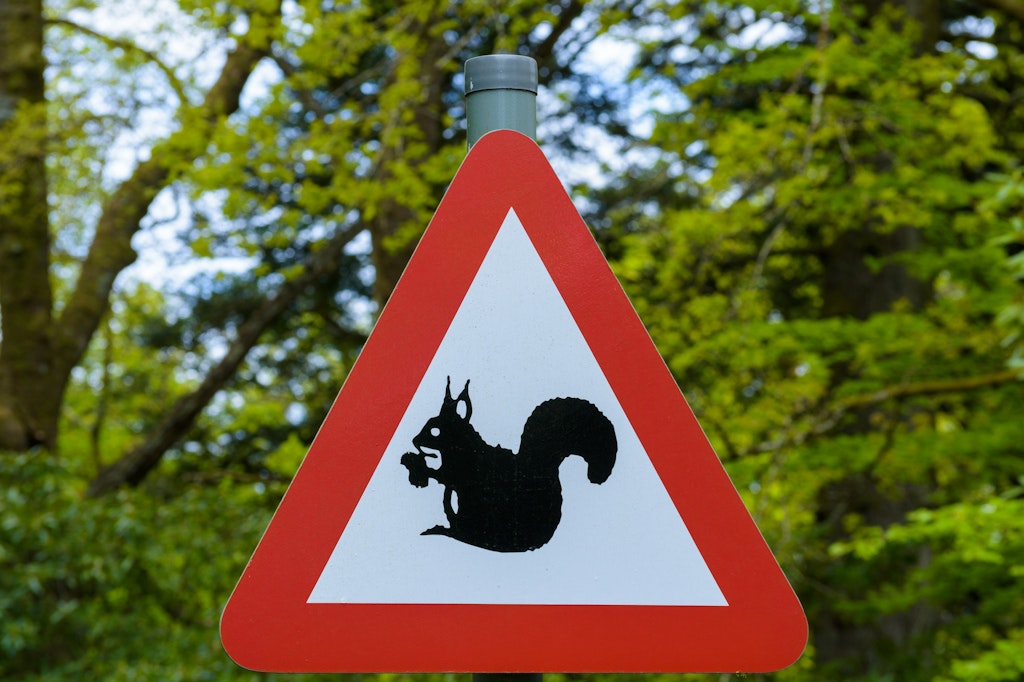Losing the battle, losing the war
The most pernicious effect of aligning art with political activism is that the distinction between the two is lost
This article is taken from the May 2024 issue of The Critic. To get the full magazine why not subscribe? Right now we’re offering five issues for just £10.
Since at least the 1960s, the art world’s key tenet has been that all art is political. The purpose of artistic practice, therefore, is to change the world. In art school, art theory promotes critical trends such as decolonialism and degrowth. The exhibition programmes of public galleries and museums are as likely to focus on climate change as they are on the plight of migrant workers from the Global South. The distinction between art, art activism, and the political desires of artists has become so blurred that today, all politics can become artistic.
By the art world’s reckoning, this paradigm’s impact on the world has been almost entirely positive. Artists see themselves as society’s moral leaders. Museums are their cathedrals whose altars extol their political virtues. The industry’s international junkets, such as this summer’s Venice Biennale, become forums for progressive debate on topics like dismantling the nation-state. Meanwhile, individual artists like Nan Goldin, who campaigned against the Sackler family sponsorship of museums, are celebrated for ending America’s Fentanyl crisis.
These are remarkable success stories until one considers that the art industry, which alongside artists, curators, galleries and museums also includes collectors, dealers, art fairs and financiers, is a veritable cesspool of hypocrisy, corruption and abuse. The hold that art has over capital and state power looks rather shaky when its effects are counted in earnest. But the most pernicious effect of aligning art with political activism is that the distinction between the two is lost.

Rachel Spence’s Battle for the Museum is one of a recent spate of books that catch the art world manifesting these contradictions so blatantly that they occasionally turn into revolts. Spence, an art journalist and critic who writes chiefly for the Financial Times, enumerates the industry’s excesses and transgression in what reads like an interminable social media thread.
The book’s pages are heavily peppered with evidence of art market fraud, the disastrous environmental impact of the global art biennial circuit and the sector’s rampant exploitation of its labour force. These are by now well-worn tropes. Spence will surprise no one, for example, when she denounces the art world’s willingness to take cash from oil businesses, disingenuously acknowledges her jet-set complicity in the CO₂ emissions problem and then calls for more climate art whilst preaching degrowth.
In typical art world fashion, these vignettes contrast with a largely unexamined belief in the art world’s underlying universal good. When she celebrates the New York art world’s protests which forced the resignation of the arms dealer Warren Kanders from the Whitney Museum’s board in 2019, Spence is no more able to attribute this success to a moral or political mechanism than when she metaphorically accuses the former Whitechapel Gallery director Iwona Blazwick of treason for accepting a job as Saudi Arabia’s public art supremo.
It wouldn’t be fair to single out Spence’s account of the art world’s failings as lacking a realistic theory of political power. The writer endorses the feminist scholar Lola Olufemi’s claim that “art is a priori in a state of resistance to capital, misogyny and racism”, and thus excuses herself from having to consider art — the practice around which the industry she describes in such painful detail evolved — as distinct from the art world.
Olufemi’s view — nearly universally held by today’s art crowd — is peculiar given that the relationship between the good and the beautiful ceased to be a concern for art with the onset of Modernity.
The move from “art” to “the art world” mirrors the social and political rise of the individual. From the artefact, the focus moved to the artist. Spence backs up Olufemi’s dogma with citations from the Arts and Crafts movement founder William Morris. Morris is celebrated for his activism and his ideas of aesthetics have been influential on art’s relationship with politics. Spence, like Morris, wants us to believe that all art could be a force for a particular vision of the good if only given a chance.
She forgot, unfortunately, that even Morris betrayed his political ideals by continuing to profit from the sales of his green wallpapers, even after the arsenic used in their production was proved to cause death. Art’s politics was deadly long before Kanders’ weapons-dealing made him a pariah.
There are no artworks in Spence’s museum and no audience, either
Spence’s distracting predilection for art world intrigue is typical of the industry in which everyone sees themselves on the right side of history. At the book’s outset, the author declares that her thinking about contemporary art began in earnest at the grand opening of Palazzo Grassi, the private museum of billionaire and one-time auction house Christie’s owner François Pinault in Venice.
The vast, global machine which creates, adds value and finally consumes artistic ideas is almost unparalleled in bringing shoulder to shoulder the collecting one per cent, the burgeoning critical-curatorial classes and the lowly artist refusés. As it does, it pretends that these groups are all united in the same political project.
What Spence and the art world’s critical cadres ignore is that there is no way to exorcise the ghosts of capitalism from art’s institutions. There is no boundary between the artist, the museum and capital at large, and there can be no “good” and “bad” actors without an organising principle defining the roles of each.
The book thus offers scant insight into the particular nature of these institutions and, like much art world activism, resorts to lobbying for technocratic solutions that would mitigate the influence of the “bad apples”. It approvingly cites, for example, the Instagram generation’s favourite art critic duo The White Pube’s call to turn the Tate into a cooperative and cut the director Maria Balshaw’s £165,000 salary as punishment for sacking the gift shop and café staff during the Covid-19 pandemic.
Instead of contending with the museum’s (let alone art’s) purpose, Spence looks to the HR department. In an art world reformed according to this vision, the welfare of art workers — a collective neologism that puts artists, curators, store technicians and cleaners in the same bracket — would be the measure of a museum’s artistic success. There are no artworks in Spence’s museum and no audience, either.
All the same, Spence has high but muted hopes for this project, as do many of her peers. The book ends with a postscript for Palestine, a cause close to many art activists’ hearts. Their political response to this tragic conflict, however, has amounted to little more than authoritarian in-fighting which has torn apart multiple artistic institutions. One can only hope that this museum “battle” will prompt some reflections on art’s and, indeed, the art world’s political functions.
Enjoying The Critic online? It's even better in print
Try five issues of Britain’s newest magazine for £10
Subscribe














